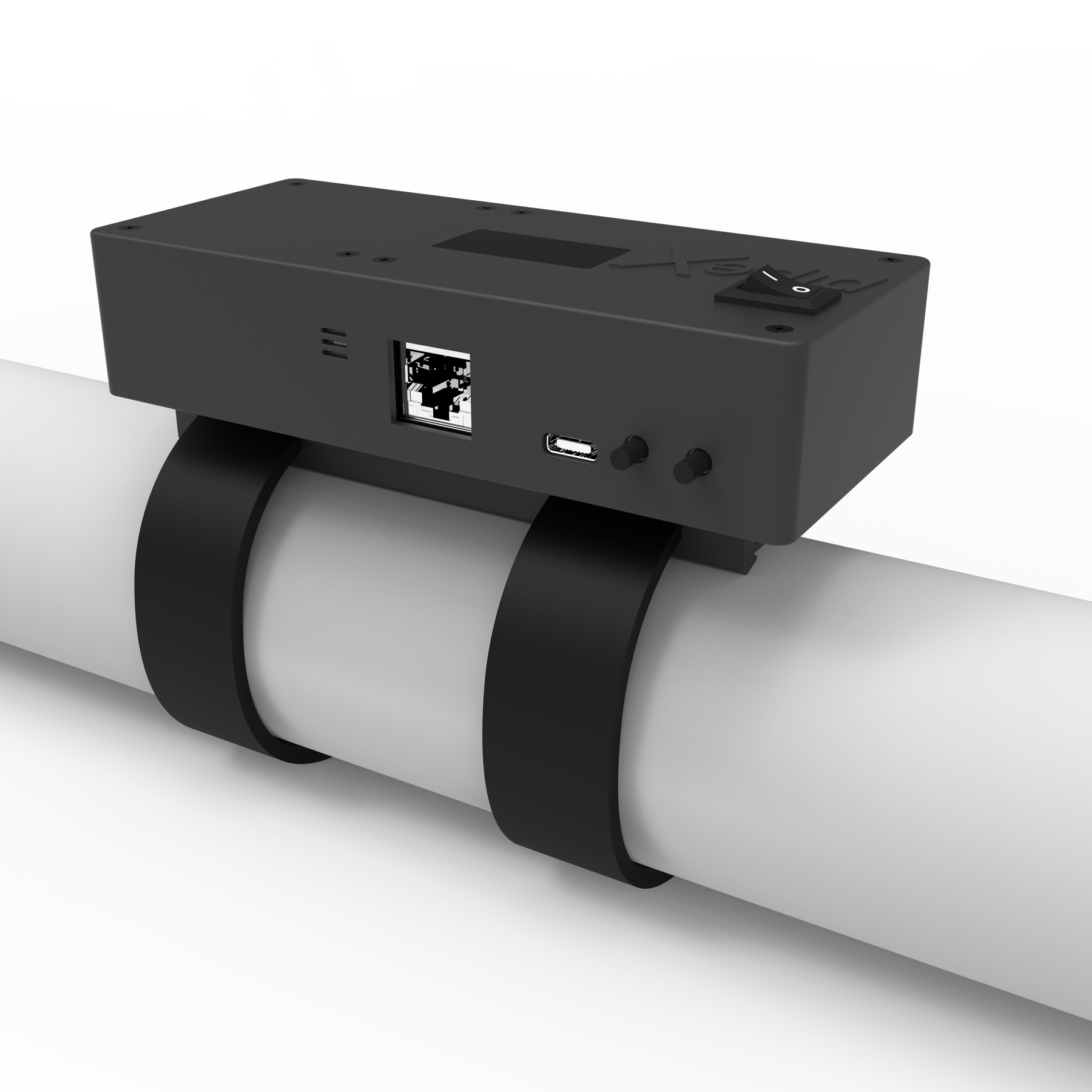Drilling into bathroom tile is a task that can seem daunting, especially for homeowners and real estate developers looking to make improvements in their properties. The process of drilling into ceramic or porcelain tiles requires careful planning, the right tools, and a methodical approach to avoid damage. In this article, we will guide you through the step-by-step process of how to drill into bathroom tile using techniques approved by professionals.
Whether you aim to hang a towel rack, install a new showerhead, or make any other modifications that require drilling, you need to know the right way to prevent cracking or damaging your precious tiles.

Introduction to Drilling into Bathroom Tile
Homeowners often wonder why drilling into bathroom tile requires special attention. Understanding the nature of bathroom tiles is essential to avoid damaging them. Bathroom tiles are usually made of ceramic or porcelain, both of which are quite hard and brittle. Therefore, using the appropriate technique ensures a smooth, clean hole without shattering the tile.

Preparing Your Tools
Essential Tools and Equipment
Before you start drilling, gather all the necessary tools:
- Drill and Drill Bits: Use a drill that offers variable speed settings. Diamond-tipped or carbide-tipped drill bits are preferred for drilling into tiles.
- Masking Tape: Helps prevent the drill bit from slipping on the tile surface.
- Screwdriver: Useful for fastening screws into the anchors.
- Safety Gear: Don’t skip on safety. Wear safety goggles and a dust mask.
Selecting the Right Drill Bit
Choosing the right drill bit is crucial. For tiles, diamond-tipped or carbide-tipped drill bits are the best options. Diamond-tipped bits are designed to wear away the tile’s hard surface with minimal pressure.

Planning the Hole
Marking the Spot
Using a pencil, carefully mark the spot where you intend to drill. Precision is key. You might also use a piece of masking tape over the spot to prevent the drill bit from slipping and to mark the exact spot.
Checking for Obstacles
Before you begin drilling, make sure there are no water pipes or electrical wires behind the tile. You can use a stud finder or a wire detector to ensure the drilling area is clear of any obstacles.
Drilling the Hole
Starting with a Pilot Hole
Begin by drilling a small pilot hole to guide your drill bit. This helps in ensuring that the final hole will be drilled accurately.
Using Pilot Hole Technique
The pilot hole technique offers more control and reduces the risk of the tile cracking. If you are uncertain, using a small drill bit to create the pilot hole will help you achieve greater precision.
Drilling Slowly
Start drilling slowly, applying slight but steady pressure. Keep the drill bit perpendicular to the tile to avoid any damage. Ensure you’re going at a slow speed setting to control the drill bit and prevent overheating.
Finishing the Hole
Completing the Hole
Once you’ve drilled through the tile, switch to a standard masonry drill bit if you need to go through the wall behind the tile. A review of perfect bathroom tile can provide context on selecting tiles that are easier to drill.
Applying Finishing Touches
Inserting Wall Anchors
Once your hole is drilled, you may need to insert wall anchors to hold fixtures securely in place. Use a screwdriver to fasten screws into these anchors.
Clean Up
Finally, clean up any debris around the drilled area. You can use a vacuum cleaner to remove dust and small tile fragments.
Common Mistakes to Avoid
Avoiding Overheating
One common mistake is applying too much pressure, causing the drill bit to overheat. Overheating can damage both the drill bit and the tile. Ensure you drill at a slow, steady speed.
FAQs About Drilling into Bathroom Tile
How to Choose the Right Drill Bit?
Use diamond-tipped or carbide-tipped drill bits designed specifically for tiles.
How to Prevent Tiles from Cracking?
Apply masking tape over the drilling area and drill slowly at a low speed setting.
Can I Drill Without a Pilot Hole?
It’s possible, but using a pilot hole technique offers better control and accuracy.
For further guidance on bathroom renovations, check out our how to remodel page, clean faucet guide, and remove faucet article.
As an Amazon Associate, I earn from qualifying purchases.



